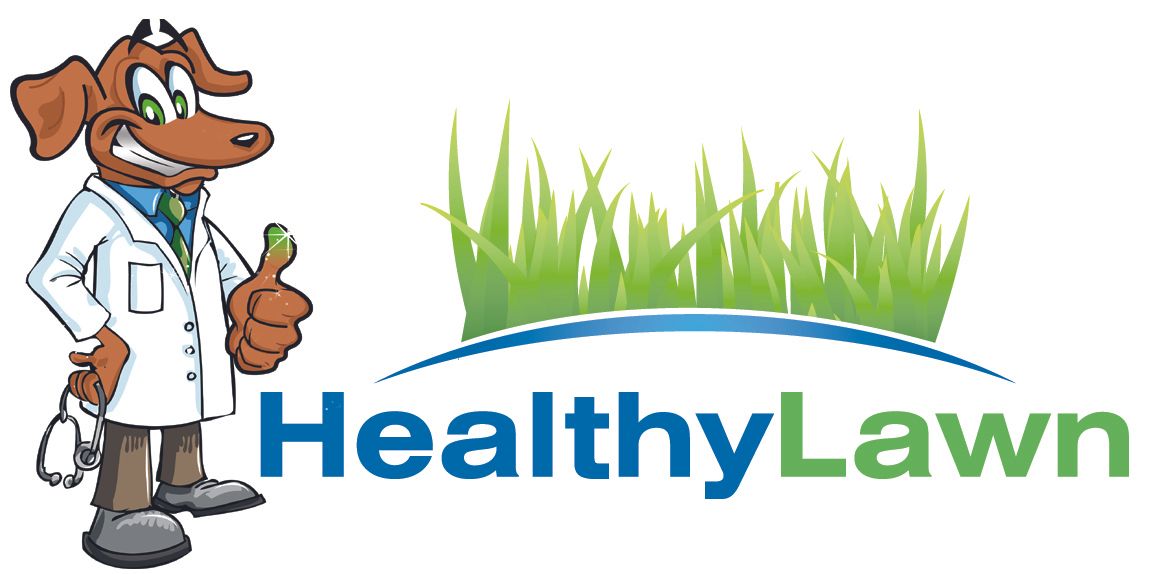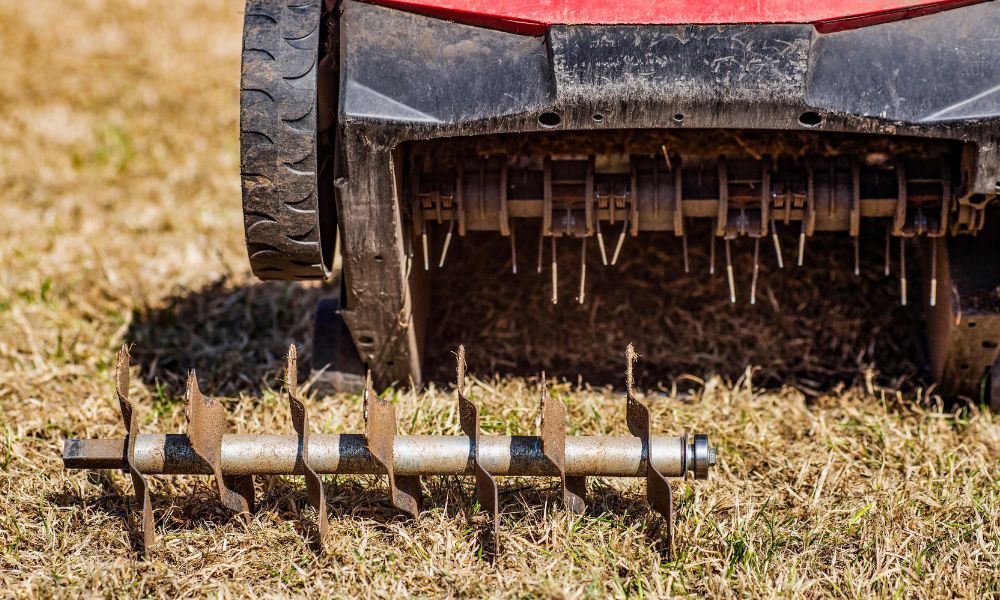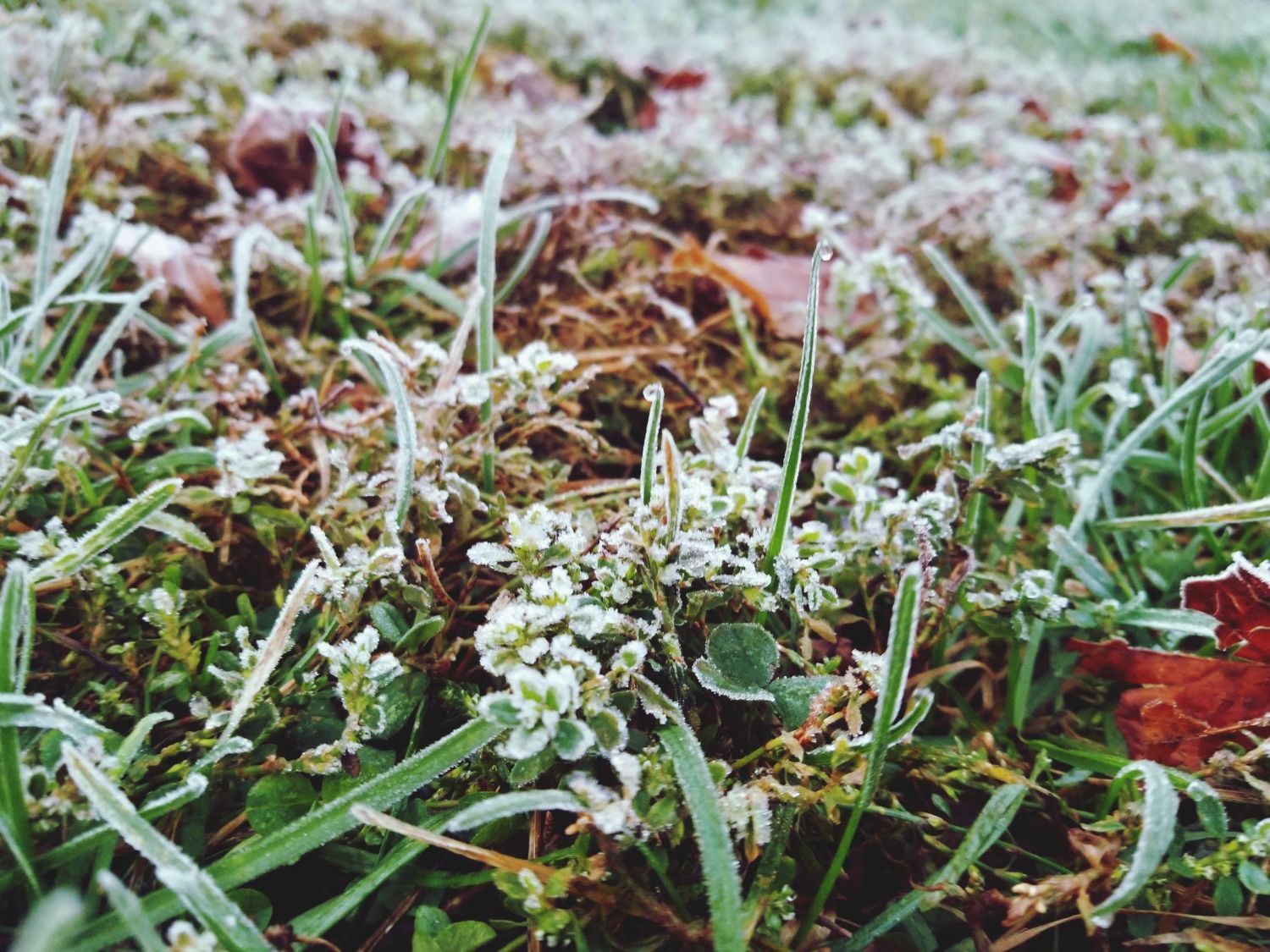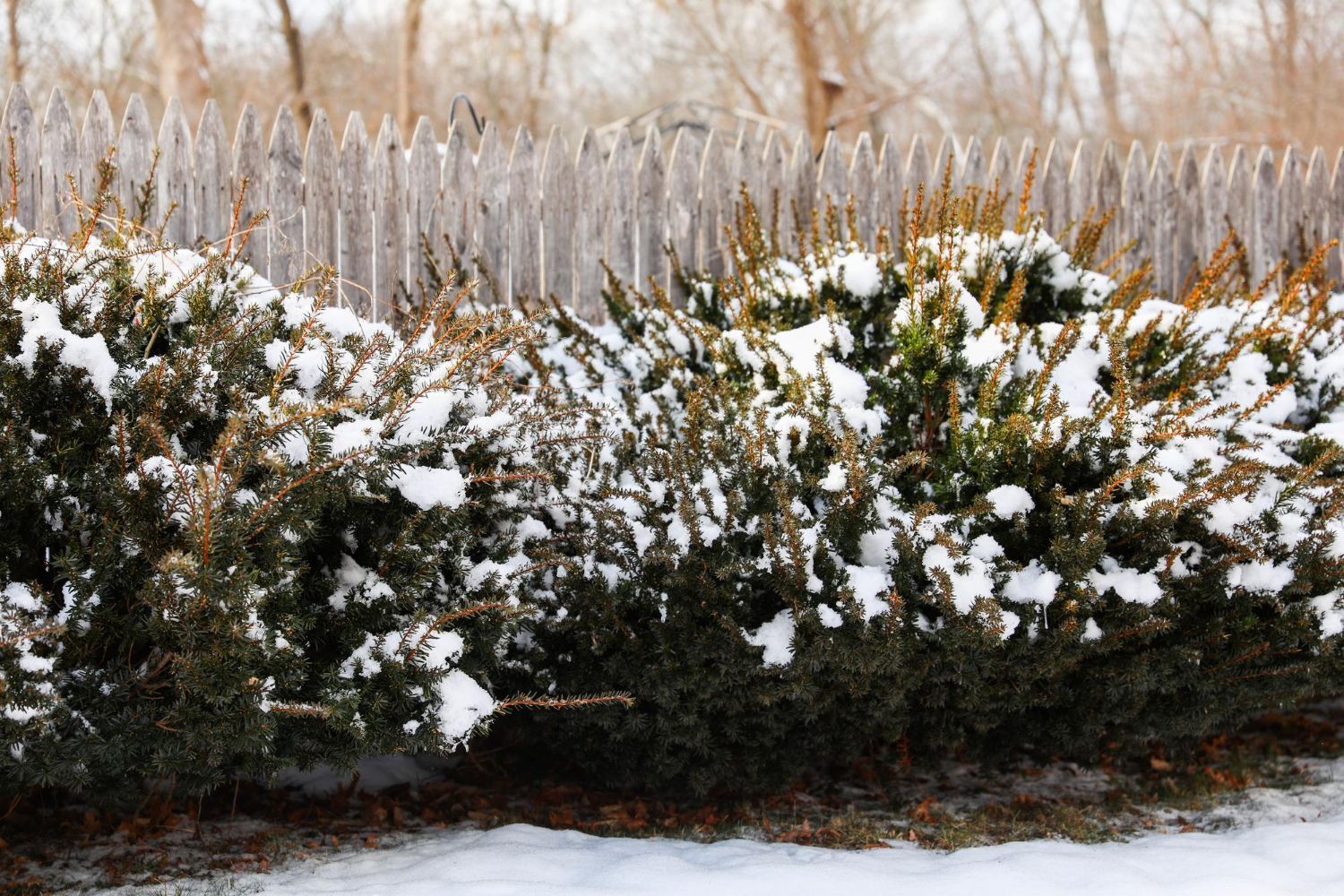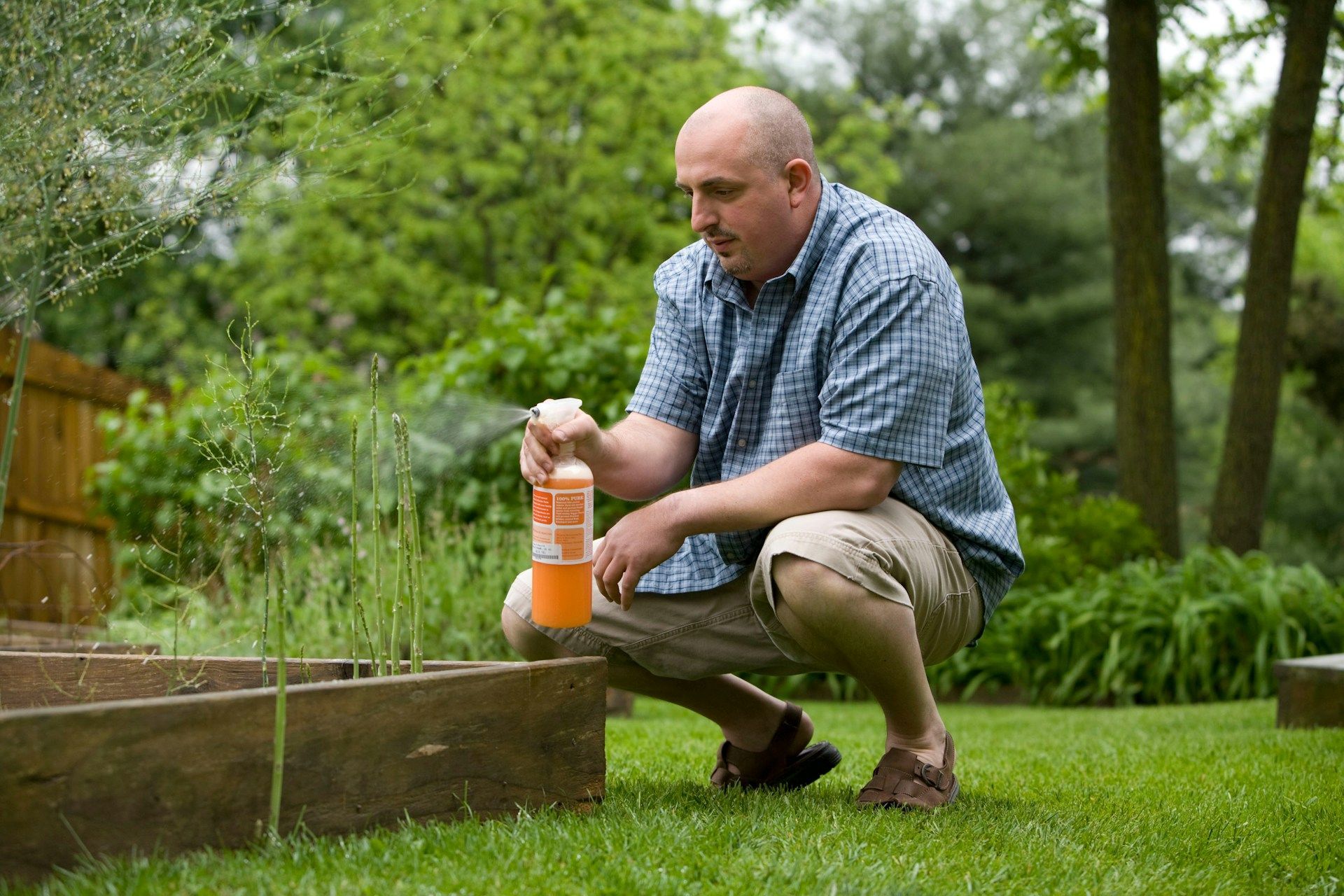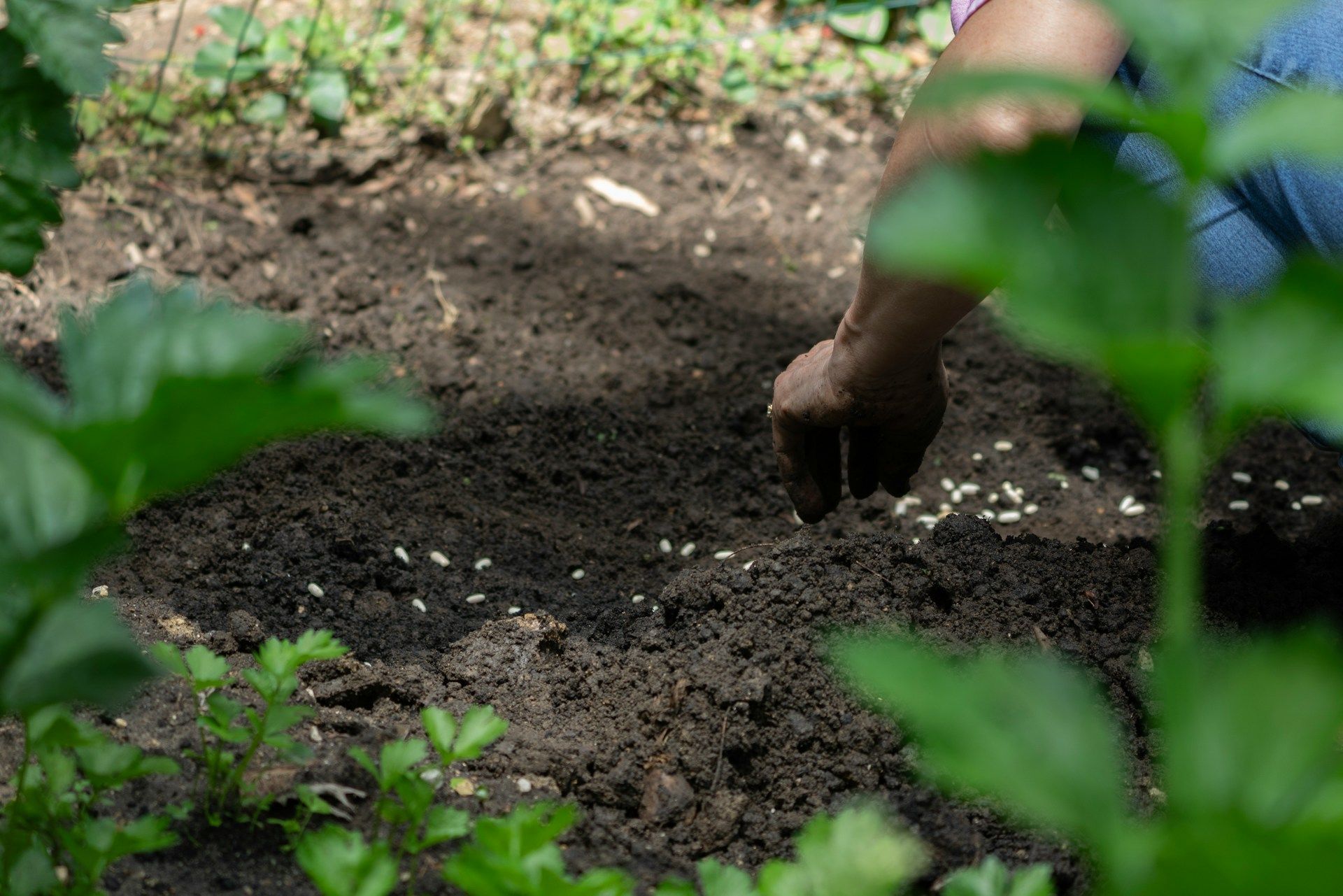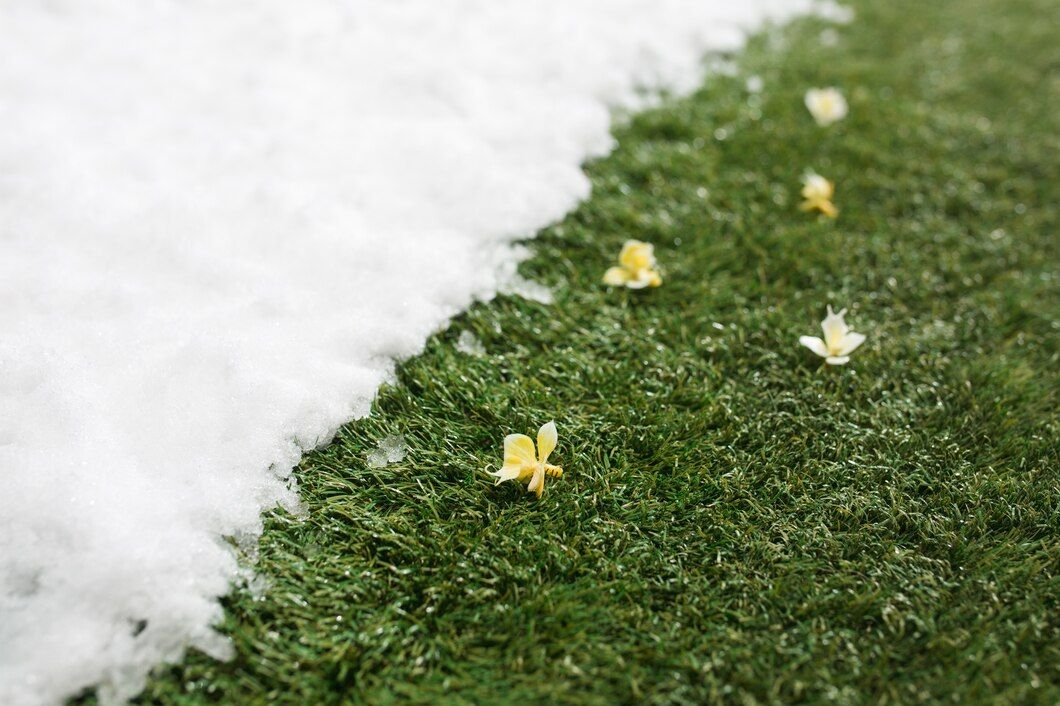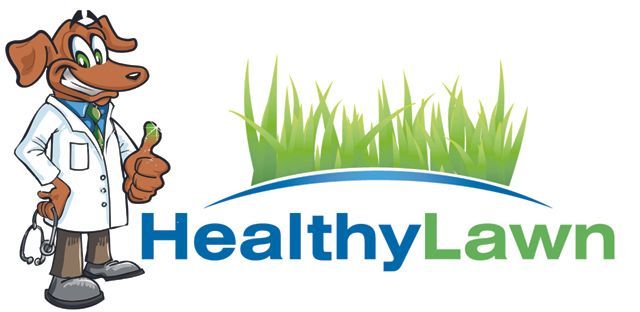What Our Customers Are Saying
Mastering Lawn Aeration in Middlesex, Monmouth, and Ocean Counties
Aeration is a critical element of maintaining a beautiful and healthy lawn in New Jersey's Middlesex, Monmouth, and Ocean Counties. Often overlooked, proper lawn aeration can significantly impact your turf's overall health, appearance, and ability to withstand various challenges. So, what is aeration, and how can it benefit your lawn?
In this comprehensive FAQ article, we address the most common questions homeowners have about lawn aeration. You'll learn about the many advantages of aeration, the best practices for achieving optimal results, and when to schedule aeration services to ensure a resilient and vibrant lawn throughout the year. Armed with this knowledge, you'll be better equipped to make informed decisions about your lawn's care and maintenance, ultimately leading to a lush, green landscape you can take pride in.
1. What Is Lawn Aeration and Why Is It Important?
Lawn aeration is the process of puncturing small holes into the soil—approximately 2-4 inches apart and 2-3 inches deep—to allow air, water, and essential nutrients to penetrate the grass root system more easily. This process alleviates soil compaction and promotes healthy root development, resulting in a more resilient and attractive lawn. Regular aeration is crucial to maintaining good soil structure and ensuring that your turf receives the essential elements it needs to thrive.
2. The Benefits of Lawn Aeration for Your New Jersey Lawn
Properly aerating your lawn can lead to a myriad of benefits that contribute to a lush, healthy yard. A well-aerated lawn:
- Decreases Soil Compaction: Compacted soil reduces the space available for water, air, and nutrients to penetrate the soil, limiting root growth and lawn health.
- Enhances Water Absorption: Aeration permits water to penetrate the soil more effectively, preventing runoff and reducing the risk of water waste.
- Improves Root Growth: By alleviating compaction and increasing nutrient access, aeration promotes stronger, deeper root systems and a healthier lawn.
- Breaks Down Thatch: Aeration encourages beneficial microorganisms to break down thatch—a layer of tightly interwoven dead and living plant material—which, in excess, can lead to lawn diseases and pests.
3. Identifying When Your Lawn Needs Aeration
To determine if your lawn requires aeration, you can perform a simple screwdriver test. Insert a screwdriver or similar tool into the soil; if it penetrates easily, your soil is adequately aerated. However, if it's challenging to push into the soil, that's a sign of compaction and indicates that aeration may be required. Additionally, if your lawn has visible signs of stress, such as reduced growth, yellowing, or bare patches, aeration could be a beneficial step toward revitalizing your turf.
4. When Is the Best Time to Aerate Your Lawn?
The optimal time to aerate your lawn depends on the type of grass you have. For cool-season grasses common in Middlesex, Monmouth, and Ocean Counties, such as Kentucky bluegrass, fine fescue, and perennial ryegrass, the ideal aeration window is during the fall months—usually late August through October. This period coincides with active root growth, allowing the grass to recover quickly from aeration and take full advantage of the process.
For warm-season grasses like zoysiagrass and bermudagrass, aeration is best performed during the late spring to early summer months to ensure optimal recovery and root development.
5. Choosing the Right Aeration Method
There are two main types of aeration tools—spike aerators and core (plug) aerators—and choosing the right method for your New Jersey lawn is essential for achieving optimal results.
- Spike Aerators: These tools create small holes in the soil using spikes, either mounted on a drum or as separate, solid tines. While spike aeration is less labor-intensive, it can sometimes contribute to further compaction by compacting the soil around the hole.
- Core (Plug) Aerators: Core aerators remove small plugs or cores of soil and deposit them on the surface. This method is more effective in alleviating compaction, as it physically removes soil rather than merely creating holes.
For most homeowners in Middlesex, Monmouth, and Ocean Counties, core aeration is the preferred method, as it provides better long-term benefits for compacted lawns.
6. Managing Aeration Debris: What to Do with Soil Cores
After core aeration, the extracted soil cores will remain on your lawn. It's important to leave the cores on the surface, as they will break down naturally over time and reintegrate into the soil, benefiting the overall lawn ecosystem. Lightly raking, mowing, or watering the lawn can help speed up the decomposition process.
7. Combining Aeration with Other Lawn Care Practices
Aeration is even more effective when combined with other lawn care practices, such as overseeding and fertilizing. If your lawn has thin or bare patches, broadcasting seed after aeration allows the seed to penetrate the soil and make direct contact, resulting in better germination and growth. Similarly, fertilizing after aeration ensures that nutrients reach the root zone efficiently, giving your lawn the nourishment it needs for optimal health.
Conclusion
Effective lawn aeration is crucial for maintaining a healthy lawn in Middlesex, Monmouth, and Ocean Counties. Timing, method, and proper combination with other lawn care practices are essential for achieving the best results. By understanding the fundamentals of lawn aeration, homeowners can make informed decisions when it comes to maintaining their turf and achieving the picturesque lawn they desire.
At Healthy Lawn, our experienced professionals are well-versed in the best lawn aeration services tailored to your specific lawn needs. We utilize state-of-the-art core aeration equipment and combine aeration with other vital lawn care services, such as overseeding and fertilizing, to achieve exceptional results. Don't leave your lawn's health to chance—schedule an appointment with us today and experience the dramatic transformation that a well-aerated lawn can bring to your landscape!

